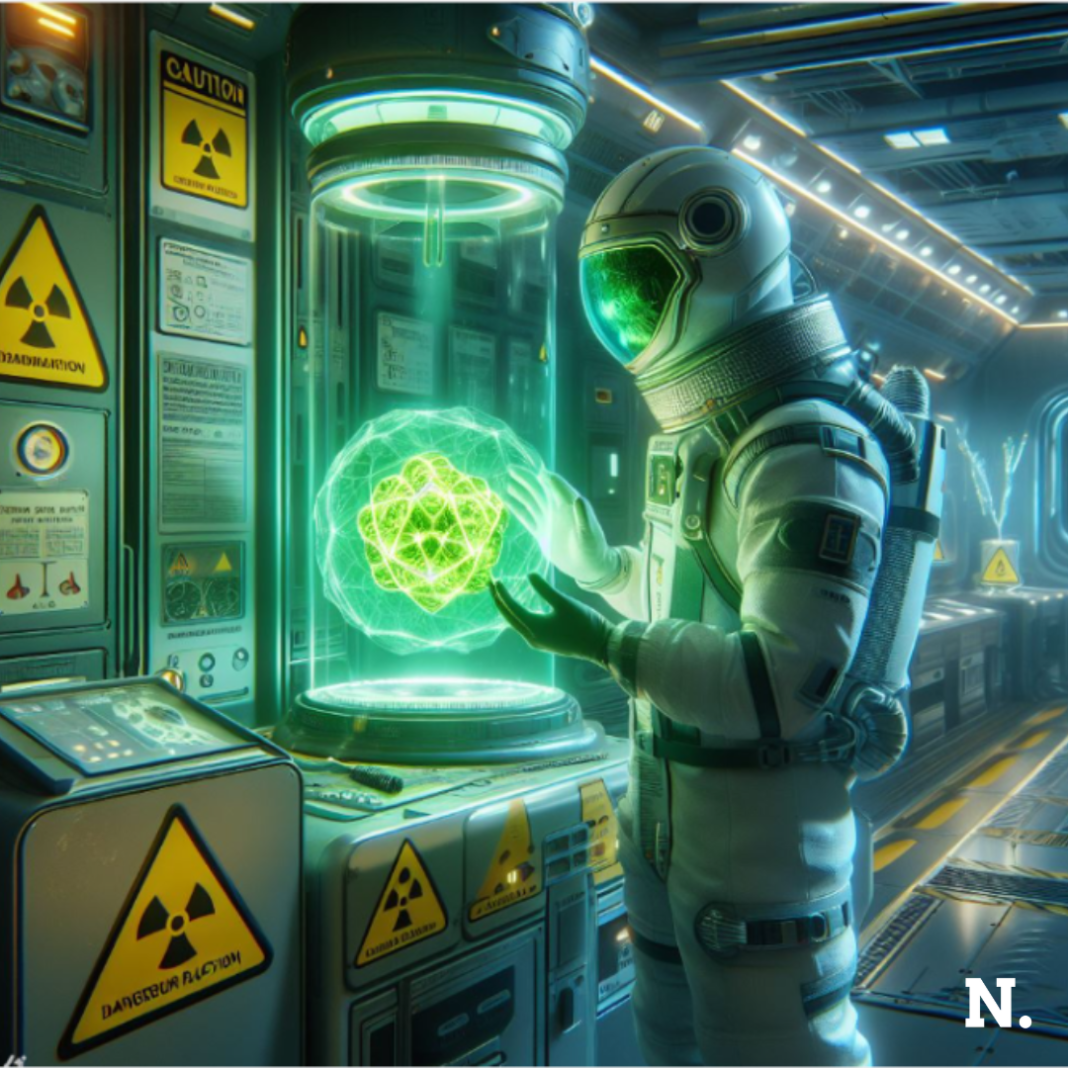There are two sides to every coin. Here, in the field of space technology too, there are two sides. Pros and cons. There are a lot of advantages but what about the disadvantages? Astronauts and satellites are being exposed to the harmful radiation of the Sun. Radiation is a growing concern involved in Space Tech. Space Radiation has many health risks for astronauts outside the protection of our magnetosphere.
Risks of Space Radiation
The Solar Particles and Galactic Cosmic Rays (GCR) originating from outer space are very harmful. These particles have Protons, Alpha particles and heavier nuclei. These particles clash with the spacecraft or astronaut’s body causing damage to cells DNA and parts of the spacecraft.
Health Risks of Space Radiation
There are many health risks caused by radiation such as an increased risk of cancer. It also has effects on the central nervous system of the astronaut. They cause tissue diseases and radiation sickness.
Risks to the Spacecraft
Spacecraft have many risks from space radiation, including electronics malfunction, data corruption, solar panel degradation, material erosion, and increased mission risk. Spacecraft designers use radiation-hardened parts, redundant systems, protective technologies, and accurate modelling to defeat these threats. Despite these measures, space radiation remains challenging for spacecraft design and operation, particularly for lengthy missions beyond Earth’s magnetosphere.
Shielding Technologies for Spacecraft and Habitats
Shielding is necessary to protect astronauts and spacecraft from radiation risks. Aluminium protects from harmful radiation rays but quickly loses this ability, making it difficult to shield during long-duration missions. Advanced technologies are developed for longer durations.
- Hydrogen-rich materials: Hydrogen atoms are useful for slowing down and high energy particles.
- Magnetic Shielding: Magnetic fields can repel the electrically charged particles away. Strong magnets and electromagnetic coils can develop protective magnetic fields around the crewed areas.
- Innovative materials: Researchers are studying unexplored materials, such as compound laminates and advanced polymers have excellent radiation shielding properties and minimise spacecraft mass.
Biological measures against space radiation
Scientists have developed many ways to protect astronauts and spacecraft from radiation.
- Radio-protective drugs help boost DNA repair.
- Antioxidants like vitamins C and E shield the cells from oxidative stress.
- Genetic modification helps improve the resistance to radiation, they introduce new genes that repair the cells.
- Last but most certainly not the least, they are required to maintain a healthy lifestyle.
Conclusion
Space technology presents both advantages and disadvantages. Space radiation, including solar particles and cosmic rays, poses health risks to astronauts and spacecraft. Radiation can lead to cancer, central nervous system effects, and tissue diseases. Spacecraft face risks such as electronics malfunction and material erosion. Shielding technologies like hydrogen-rich materials and magnetic fields are used to protect against radiation. Researchers also explore biological measures for protection.
